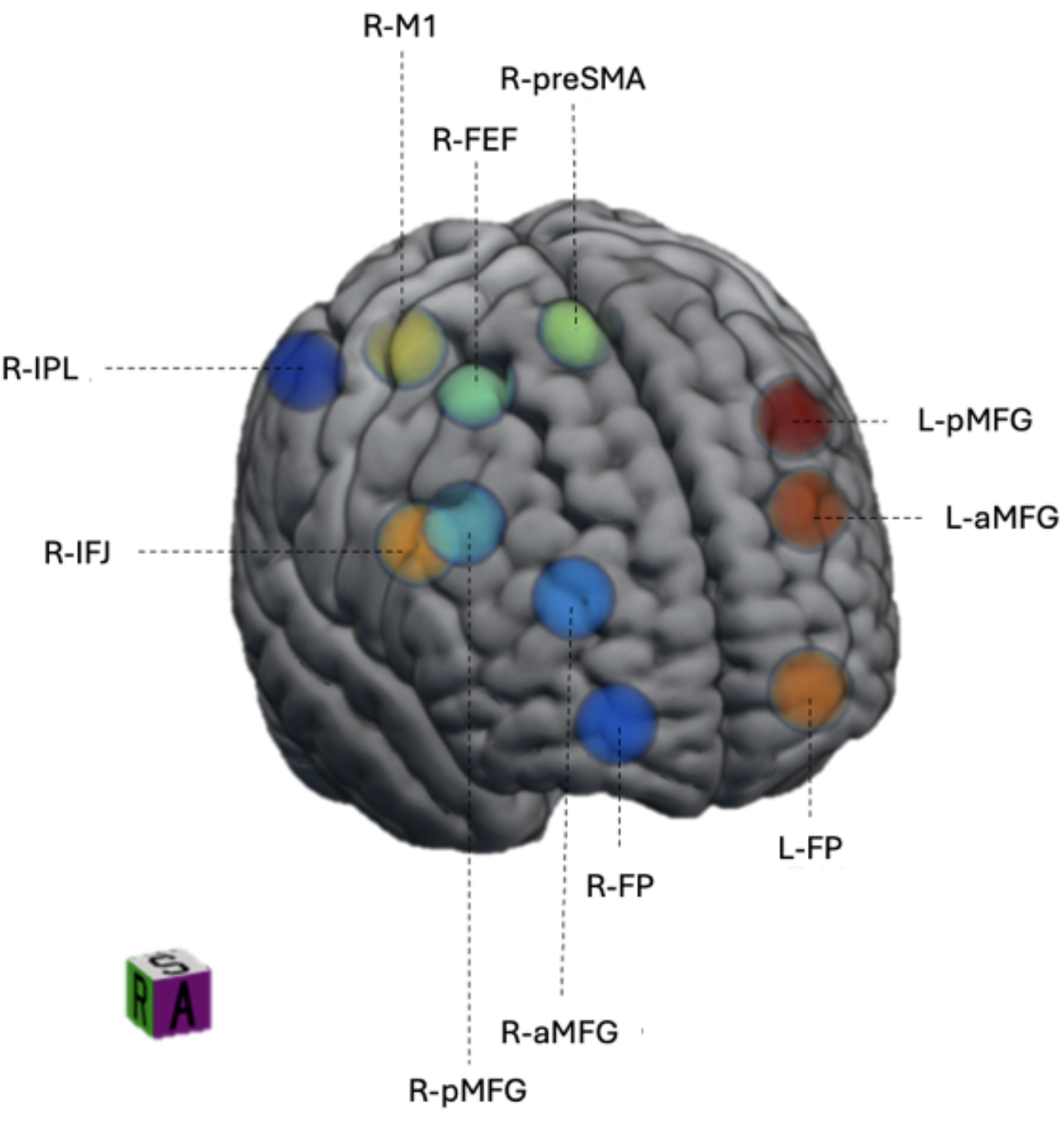Abstract
Neuroimaging and cognitive neuroscience studies have identified neural circuits linked to anxiety, mood, and trauma-related symptoms and focused on their interaction with the medial prefrontal default mode circuitry. Despite these advances, developing new neuromodulatory treatments based on neurocircuitry remains challenging. It remains unclear which nodes within and controlling these circuits are affected and how their impairment is connected to psychiatric symptoms. Concurrent single-pulse (sp) TMS/fMRI offers a promising approach to probing and mapping the integrity of these circuits. In this study, we present concurrent spTMS/fMRI data along with structural MRI scans from 152 participants, across 4 clinical groupings: Non-trauma Exposed Healthy Controls (NTHC; n=46), Trauma Exposed Healthy Controls (TEHC; n=29), Non-trauma Induced Symptomatic (NTS; n=43), Trauma Induced Symptomatic (NIS; n=34).The spTMS was administered to 11 different cortical sites, providing a dataset that allows researchers to investigate how brain circuits are modulated by spTMS.
